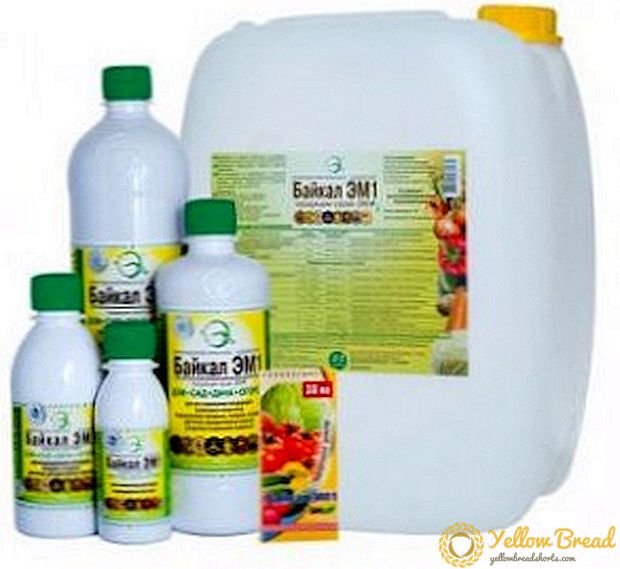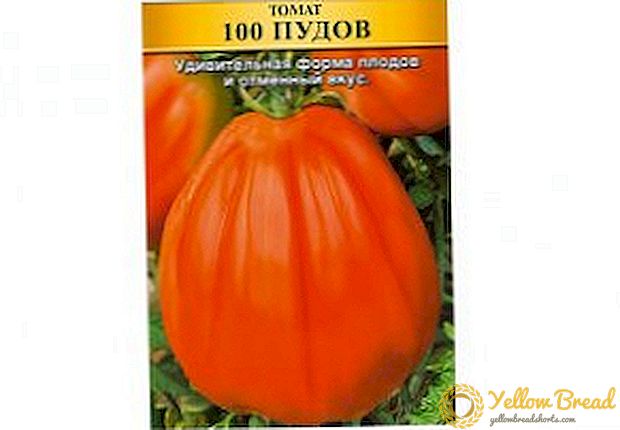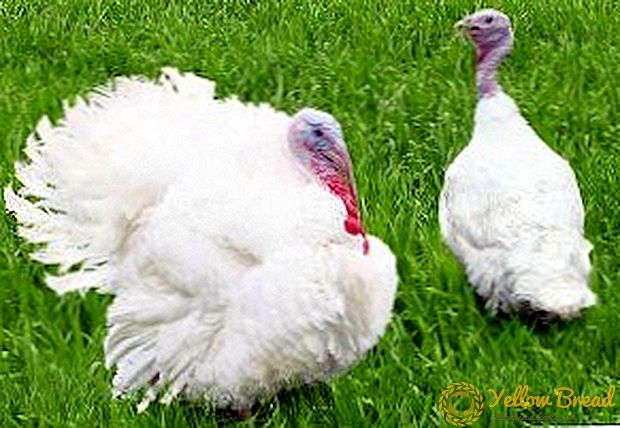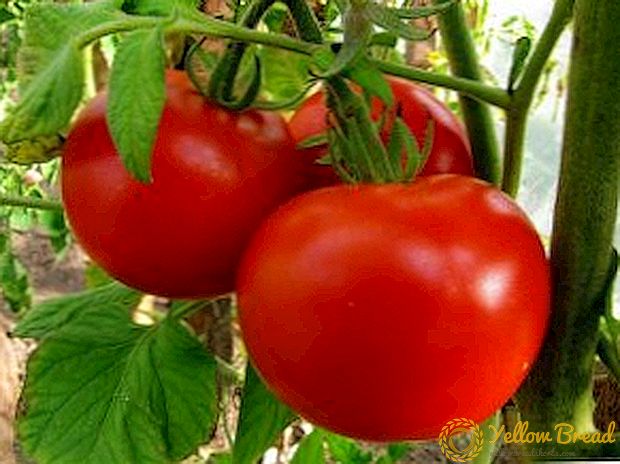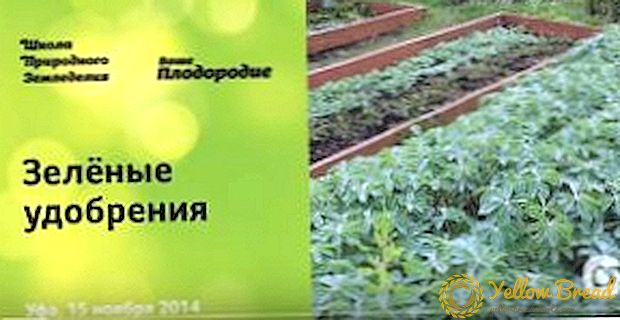 Currently, gardeners have access to many fine varieties of tomatoes, which are distinguished by both high yields and good taste. Sort "Torbay F1" was bred recently and quickly earned popularity due to its merits.
Currently, gardeners have access to many fine varieties of tomatoes, which are distinguished by both high yields and good taste. Sort "Torbay F1" was bred recently and quickly earned popularity due to its merits.
- Description
- Bushes
- Fruit
- Characteristic variety
- Advantages and disadvantages
- Cultivation and farming
- Possible diseases and pests
Description
"Torbay F1" refers to hybrids. It was bred by Dutch breeders relatively recently, in 2010, and is now considered one of the best hybrids of rose-bearing tomatoes. Sort medium early, from planting seeds to the beginning of the harvest of ripened tomatoes, it usually takes 105-115 days. It is grown both in open ground and in greenhouses.
Bushes
The plant differs with the stem determinant (i.e., limited in growth) bush. Its height in the open field reaches 85 cm, but in the greenhouse it can grow up to 150 cm.
Fruit
The "Torbay F1" fruits are round, dense, slightly ribbed, bright pink. Average fruit weight is 170 g, but 250-gram copies are growing. Like all pink tomatoes, the fruits of "Torbay F1" are sweeter in taste than the fruits of red varieties. They can be used both for raw consumption and for further processing (pickles, canned vegetables, tomato juice, sauces, etc.).

Characteristic variety
One of the main characteristics of the variety "Torbay F1" is its high yield. According to the advertising description, with the right approach to its cultivation and the creation of optimal conditions from one bush can get up to 6 kg of fruit. Thus, if you adhere to the recommended frequency of planting bushes (4 pieces per 1 sq. M), then from a square meter plot it is theoretically possible to collect more than 20 kg of tomatoes.
A feature of the fruits of this hybrid is their rather dense structure, so that they tolerate transportation well. If they are picked up from the bush unripe, they ripen without problems during storage.
Advantages and disadvantages
From the positive qualities of the hybrid "Torbay F1" you can point to the following:
- high yield;
- good taste of the fruit;
- harmonious ripening of fruits;
- resistance to heat;
- good resistance to almost all traditional diseases of tomatoes;
- fruits tolerate transportation over long distances.

A definite disadvantage of the variety is the need for increased attention in the care of young shrubs (regular loosening of the soil, watering and top dressing), but as they grow, this need disappears. In the middle lane, with a cooler climate, for successful cultivation of this hybrid in the open field may need film shelters.
Cultivation and farming
The seeds of the plant are planted in containers in March at a depth of 15 mm, while the temperature of the soil should be 20-22 ° C. Emerged shoots dive. After about 30 days, when there is no risk of frost, the seedlings are planted in open ground. Optimally, it was a light fertile soil with a weak acid reaction.
It is recommended to plant no more than 4 bushes per square meter. When landing in each landing hole, you must add 10 g of superphosphate. As the bushes grow, they should be tied up with supports. The variety is resistant to heat, but to obtain the best yield, one should not neglect regular abundant watering, which is carried out every 2 days.

Possible diseases and pests
One of the advantages of the "Torbay F1" variety is its high resistance to such traditional diseases of tomatoes as verticillium wilting, mosaic of tomatoes, root rot, fusarium, cladosporia, gall nematodes, apical rot.
When cultivated in greenhouses, a hybrid may be affected by a pest such as the greenhouse whitefly. In this case, tomato bushes are treated with insecticides. Against spider mites and aphids use soapy water. The Colorado potato beetle is fought with ordinary insecticides. 
Thus, the hybrid "Torbay F1" combines many useful qualities - high yield, good taste of fruits, resistance to diseases - with a minimum of drawbacks. These characteristics determine the popularity of this variety of tomatoes among gardeners.

